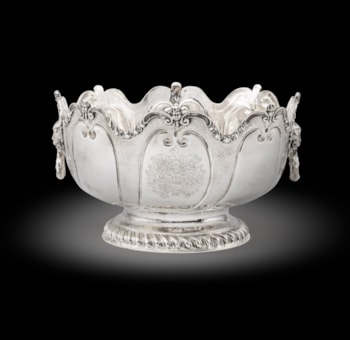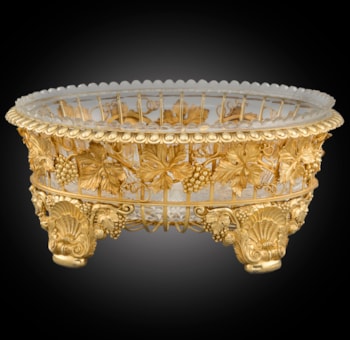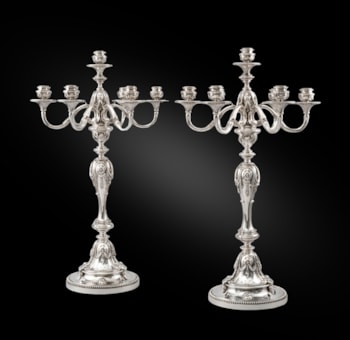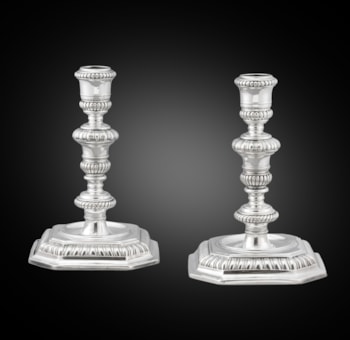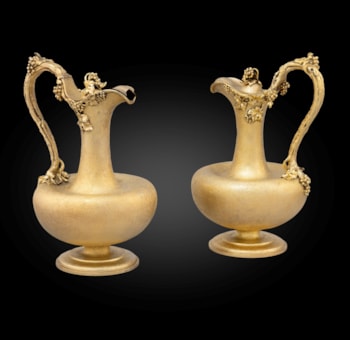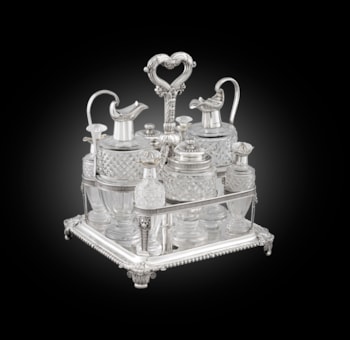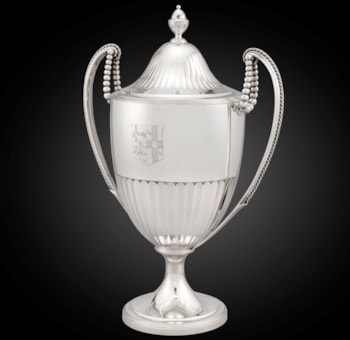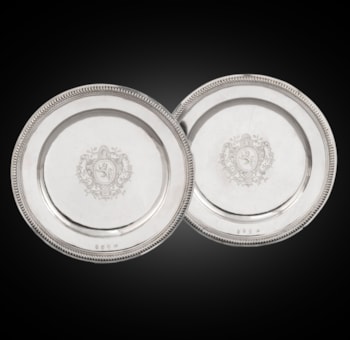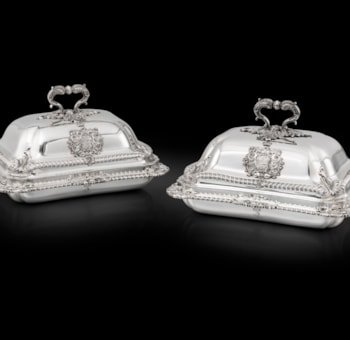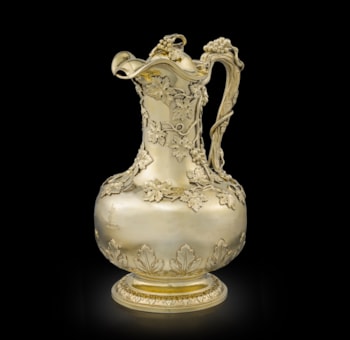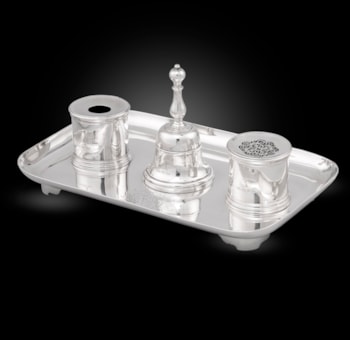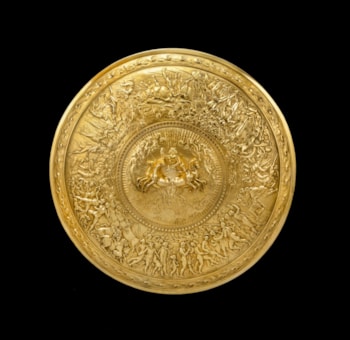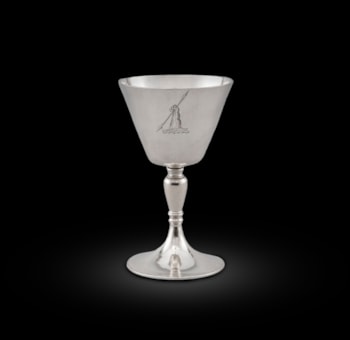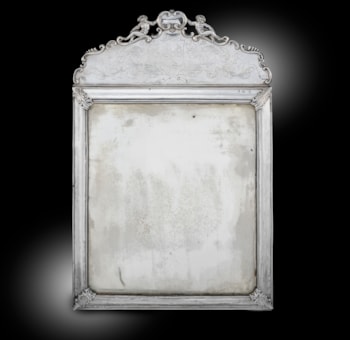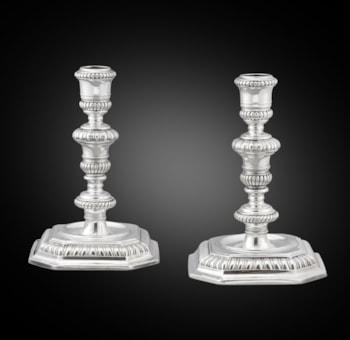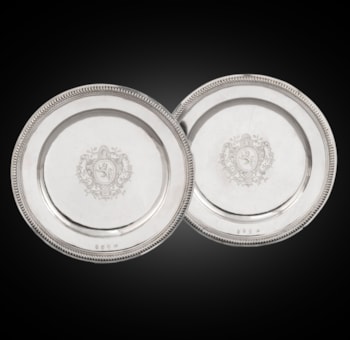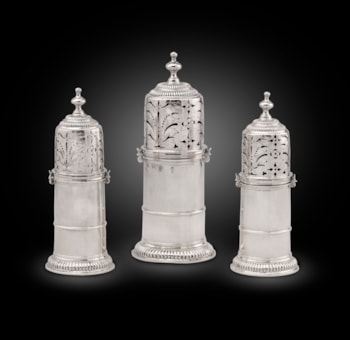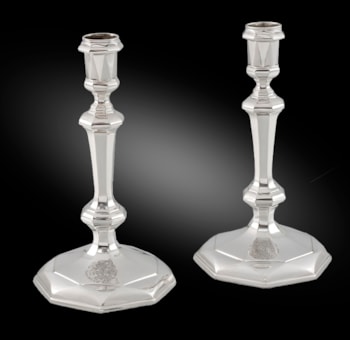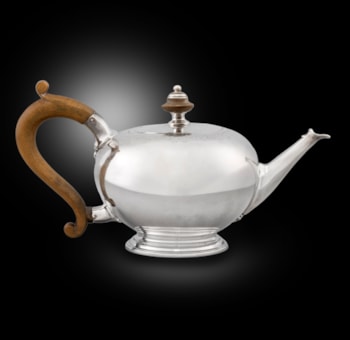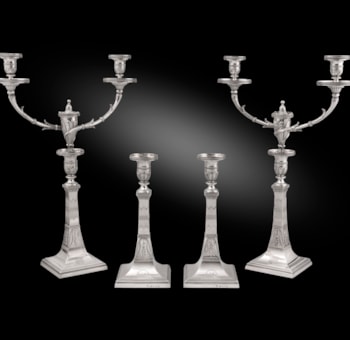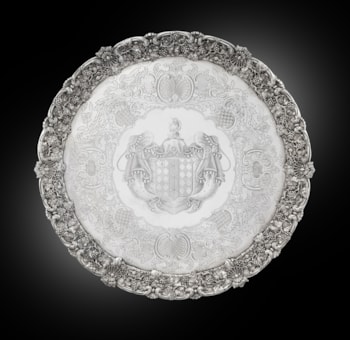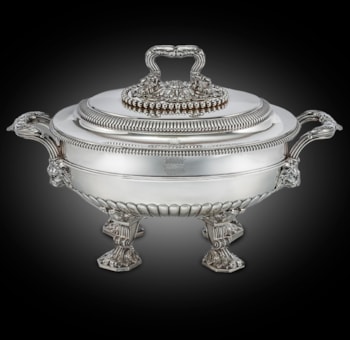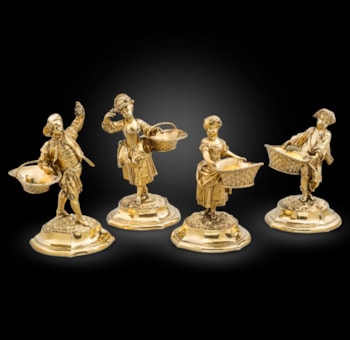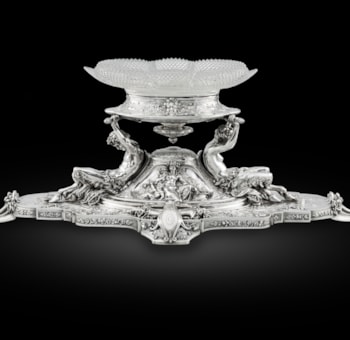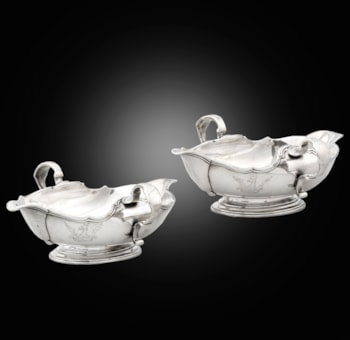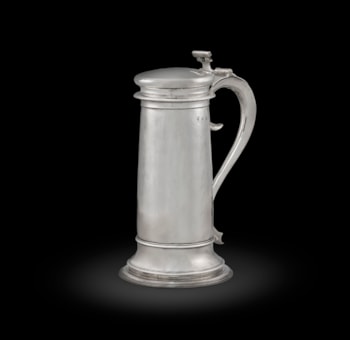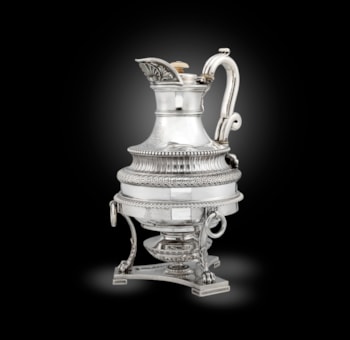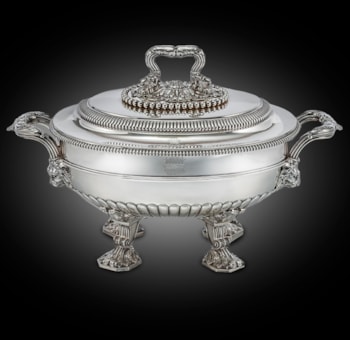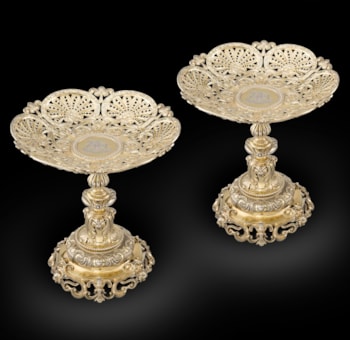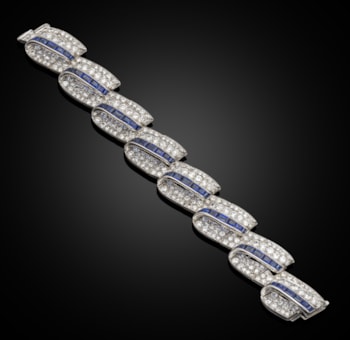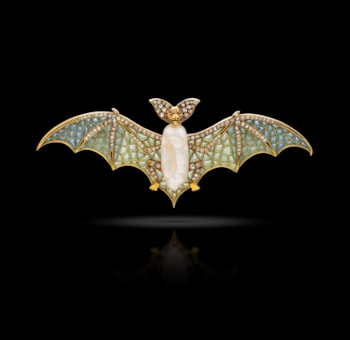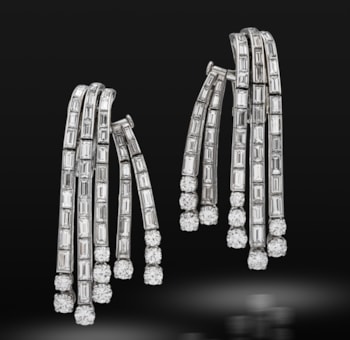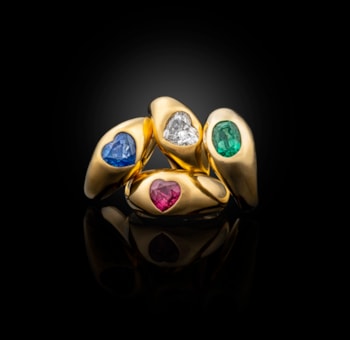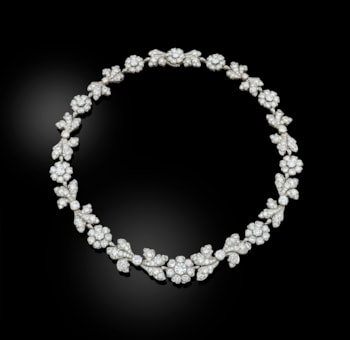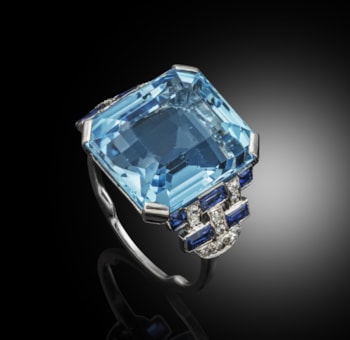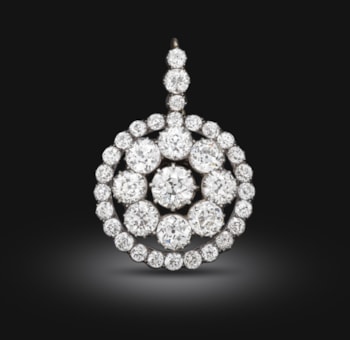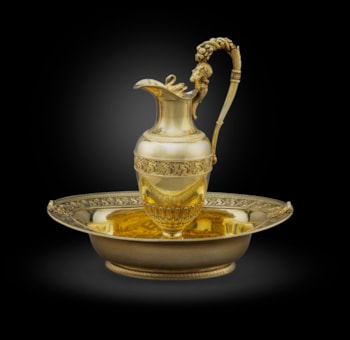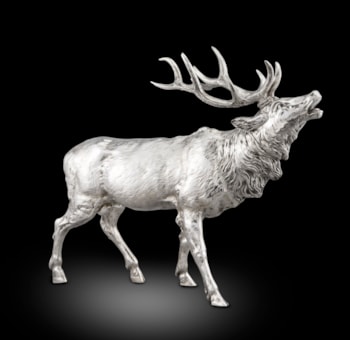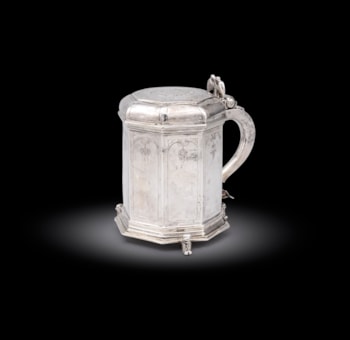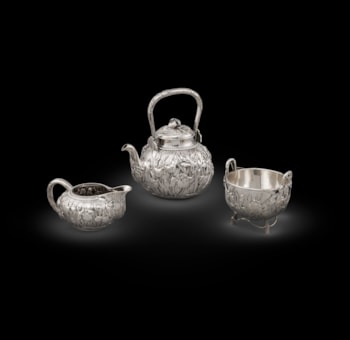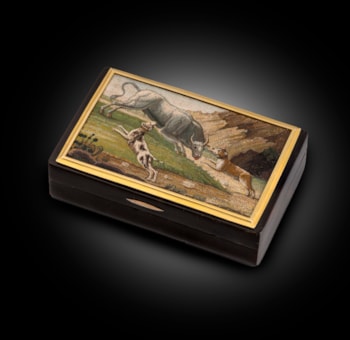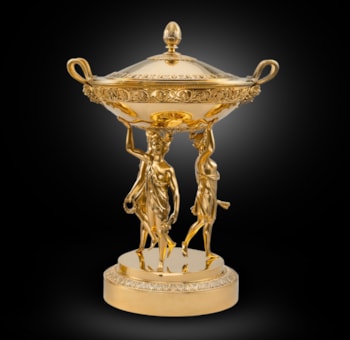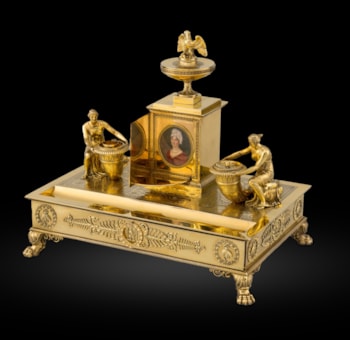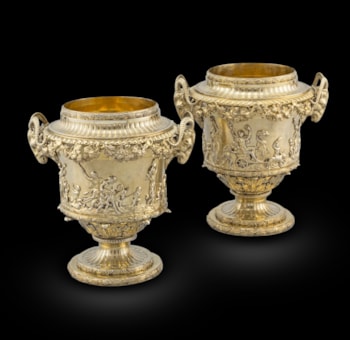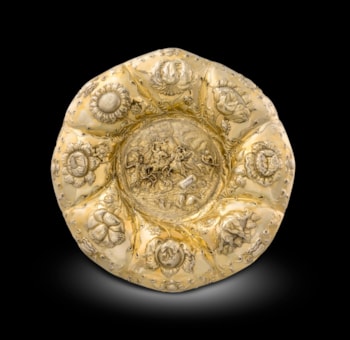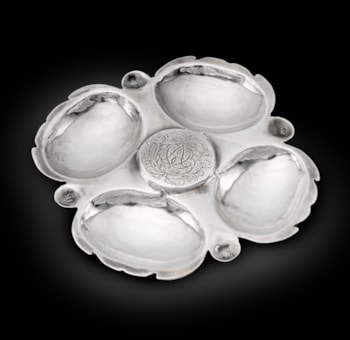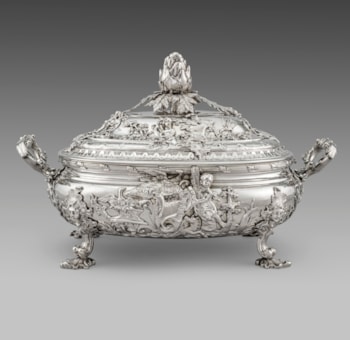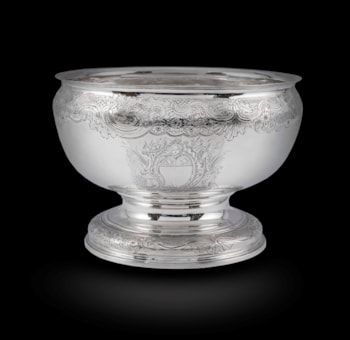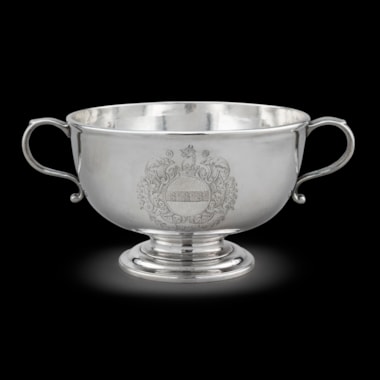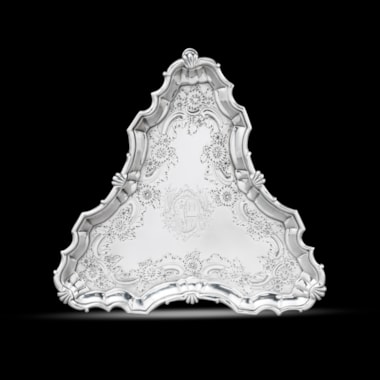Son of Samuel Margas of the parish of St. Martin’s of the Fields goldsmith (who appears as ‘Samuel Margas de Rouen 32 ans 20 Mars 1687’ in the Reconnaissances of the French Church of the Savoy (Hug. Soc. Pub., 22)), apprenticed to Thomas Jenkins of the Butchers’ Company 12 January 1699. Free, 7 August 1706 of that Company. It is presumably his name which appears in the Denization list, 11 March 1700.
First mark entered as large worker, 19 August 1706. Address: St Martin’s Lane. 'free of the Butchers’ Company.’ Second (Sterling) mark, undated, probably 1720 but perhaps later, the next entry below being of 1728. Address: 'at ye corner of Cecil’s Court St. St. Martins Lane’ Heal records him as plateworker, St Martin’s Lane, 1706-1720.
Listed by Evans as Huguenot (Hug. Soc. Proc., 14p.545). Samuel, son of Jacob and Anne was baptized 11 March 1719 at Leicester Fields Church, and Jacob son of the same, was baptized 26 February 1721 at Hungerford Market Church. ‘Old Margas’ appears as one of the Subordinate Goldsmiths to the King 1723-30 (Major General H. W. D. Sitwell, The Jewel House and the Royal Goldsmiths’, Arch.Journal., CXVII, p. 154).
The disentanglements of identities in the Margas family is not easy from the documentary evidence and repetition of Christian names. There is also recorded a ‘Jacques Margas orfeure’, married 26 December 1691 to Anne ‘née Margas, presentée par Samuel son Frère’ at wallow Church Street. If we assume that this Samuel is identical with the father Jacob apprenticed in 1699 and owner of the mark entered 1706 then the Jacques of 1691 can at nearest , be cousin to Samuel who gives away his sister Anne.
It is however perplexing to find that Jacob’s wife is also Anne, but since the birth of their son Samuel in 1719 is twenty-eight years after the marriage of Jaques ans Anne, the separateness of these two namesake couples seems definite enough.
The ewer at Pembroke College, Cambridge, 1706, seems to be one of his earliest surviving pieces. Others are a cup and cover of 1718 (E. Alfred Jones The Old English Plate of the Emperor of Russia, Plate XLI) and a salver of 1725 (Farrer Collection, Ashmolean Museum. Like his brother he was chiefly occupied with domestic pieces of which his polygonal teapots are particularly attractive.
You May Also Like




